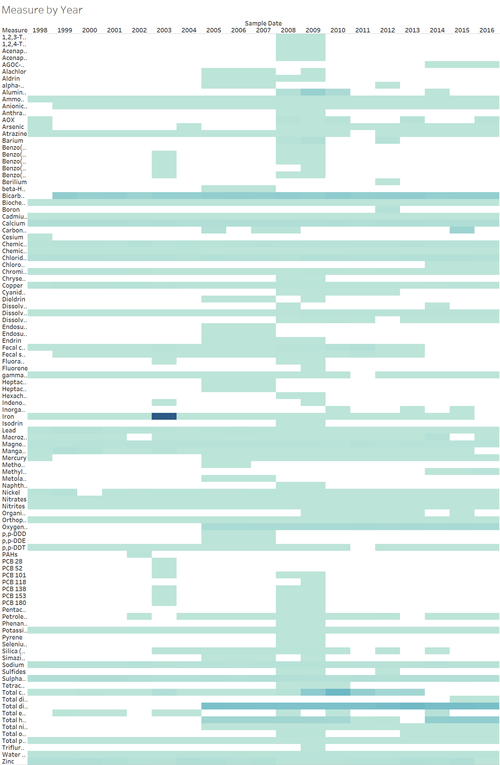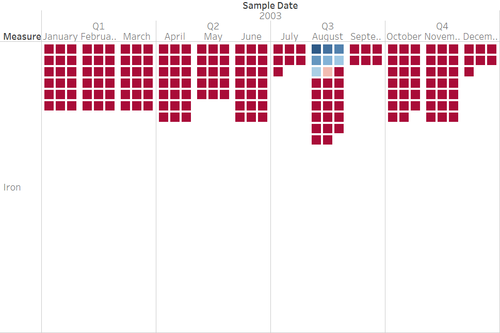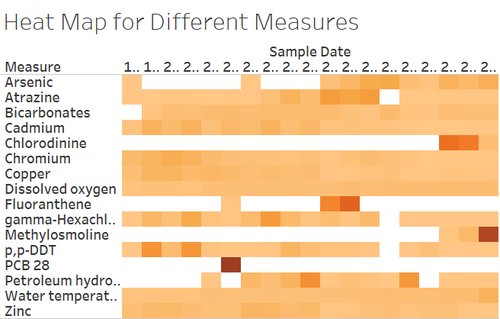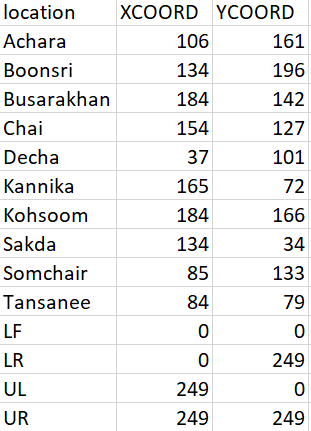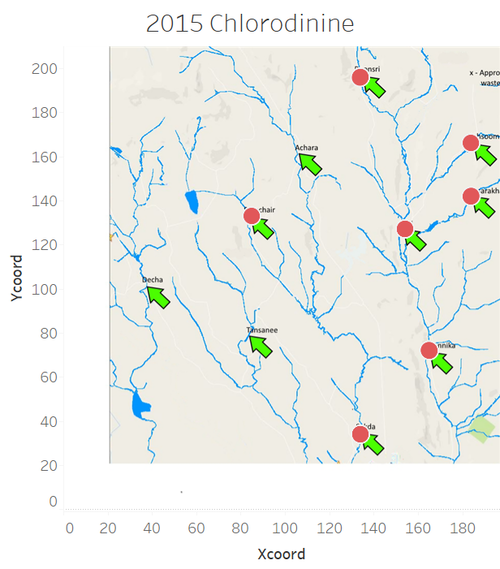ISSS608 2016-17 T3 Assign Chen Fan Data Preparation
|
|
|
|
|
Finding Clues
We want to see the change between the past and most recent situation, so we can conduct heat map to do the visualization analysis. Firstly we can see the overall trend of all the chemical contaminants and then input another variable location to see in different location, whether we can see different changes. And the second way to do the visualization is to use the geo-map, which can give us a more direct visualization.
Processing Confusing Clues
| Description | Illustration |
|---|---|
| 1.Overview of the measures by year
The measure values are changing in different year, trends can be spotted by making a chart of measure against year.It's an overview and an easily spotted dark blue can been observed in Iron. The value is extremely high |
|
| 2. Handling the abnormal data
|
|
| 3. Preparing the data for heat map
|
Dashboard Design
| Description | Illustration |
|---|---|
| 1.Finding the Geo-code
|
|
| 2.Join Tables
|

